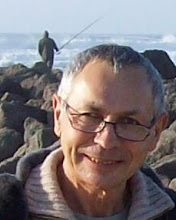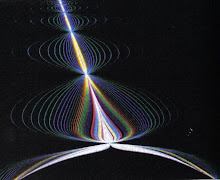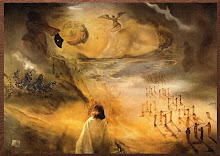se also in Belgrade University web site http://www.mi.sanu.ac.rs/vismath/perez2009/perez.pdf:




The Perez’s Generic Predictive Equation
of Mendeleiev’s Periodic Table
“Are there Numbers in the Nature?” Let us take the example of the famous table of Mendeleev, no one never had the idea to seek a possible mathematical law which would organize the information and the structure of "the most heterogeneous table of Science".
Jean-claude perez discovered this law: the equation of the periodic table of Mendeleev. Here is a short summary: Pionnering in research of numbers in DNA, this researcher was questionning about possible DIFFERENCIATION between life based Elements (carbon oxygen etc) and all others (aluminium, copper etc). In fact, he discovered the exact contrary: a law of UNIFICATION of all Elements of Nature... Then he discovered a very simple equation which generates and predicts the structure of the table of Mendeleev.
-This equation predicts the number of elements of any layer of period "p" in the table according to the only value of this period "p". Beyond this mathematical modeling of the periodic table of the Elements,
-This equation underlines, in its formulation, the " trace" of the 4 fundamental quantum Numbers.
-This modeling predicts the structure of the hypothetical extensions of the table of Mendeleev towards possible Eléments (real) unknown which would be located beyond the last known radioactive Elements.
-This modeling also makes it possible to imagine an infinity of other Elements (virtual) which one could however predict positioning towards the low layers of the table, like their quantum properties.
To summarize, IF:
-c(p) a horizontal layer of elements of the table of Mendeleev, -"p" the period associated with this c(p) layer such as p = [ 1 2 3 4 5 6 7 … ],-Int(v) the whole part of the numerical value "v". exp: if v=2.35,then Int(2.35)=2.THEN: one obtains c(p), the number of elements contained in the c(p) layer of order p, by applying the formula:
c(p) = 2 [Int ((p+2) /2 )]*2Examples :
If p=1 then c(1)=2 If p=2 then c(2)=8 If p=3 then c(3)=8If p=4 then c(4)=18 If p=5 then c(5)=18If p=6 then c(6)=32 If p=7 then c(7)=32If p=8 then c(8)=50 If p=9 then c(9)=50…/… If p=16 then c(16)=162To conclude : -1- The periodic table of the Elements is modélisable. It is structured by a numerical structure of whole numbers. -2- This structure is deterministic and predictive, then, for any period p, it can be calculated by applying "the Perez's generic equation of Mendeleev". -3- The generic equation is completely controled by the four quantum Numbers. -4-This generic equation makes it possible to check the regularity of the common table of Mendeleev, but it can also "predict" and anticipate the existence of hypothetical Eléments now unknown, of which it makes it possible to determine the quantum properties, then electronic and chemical hypothetical properties.
Please see a detailed paper zooming text image at the top of this paragraph...

































